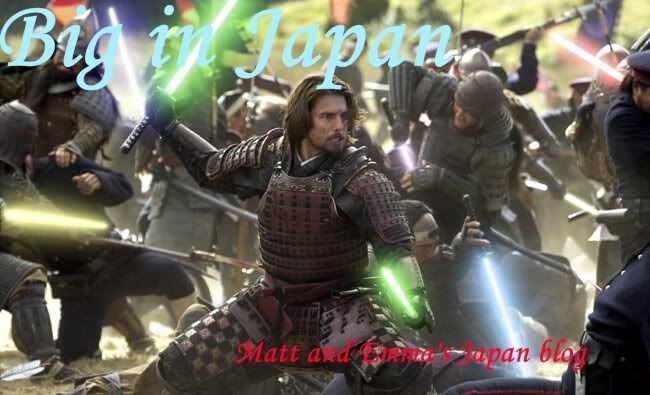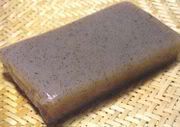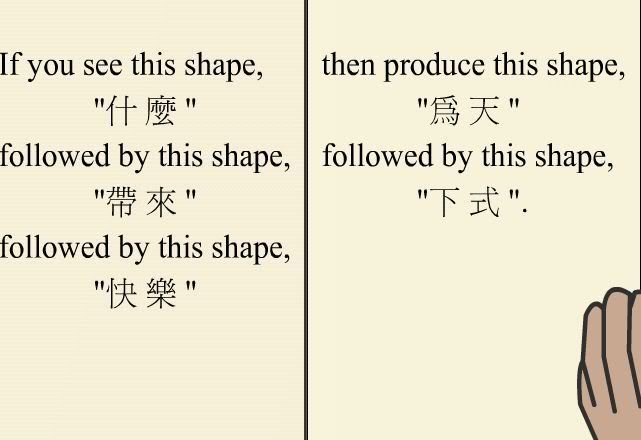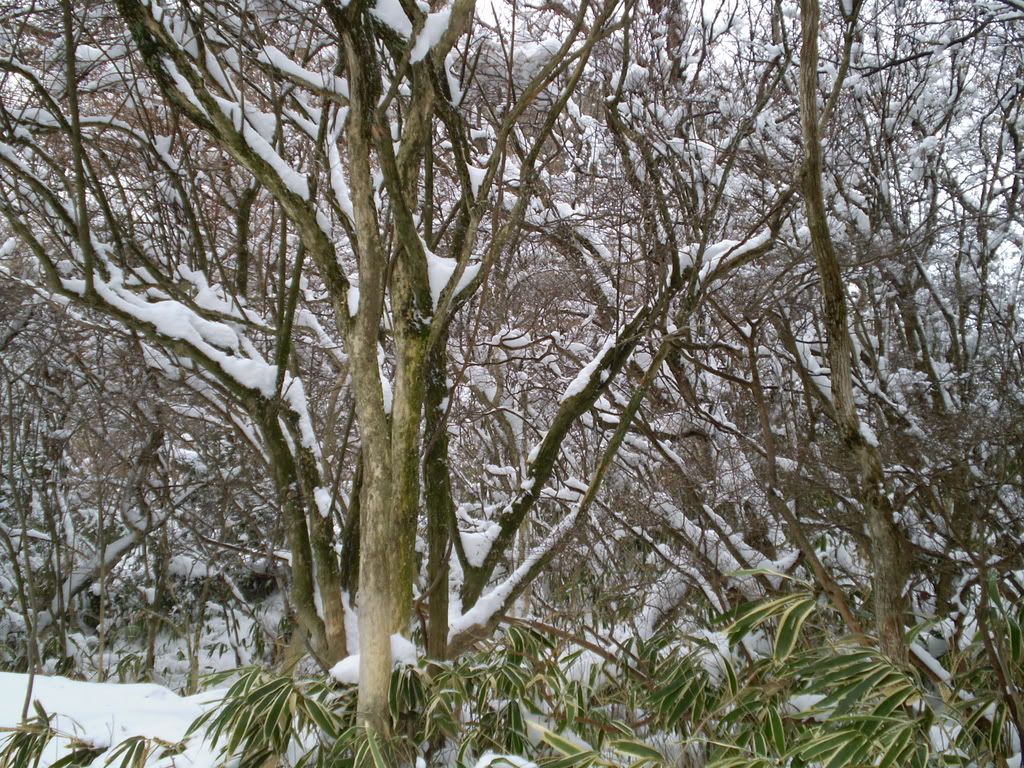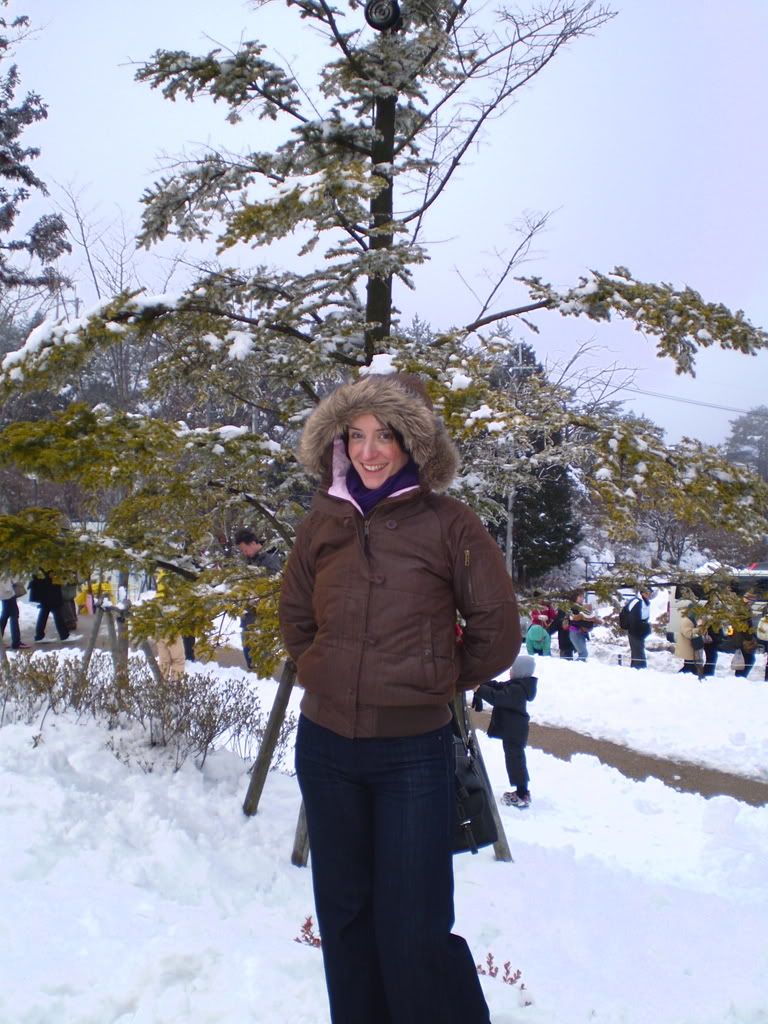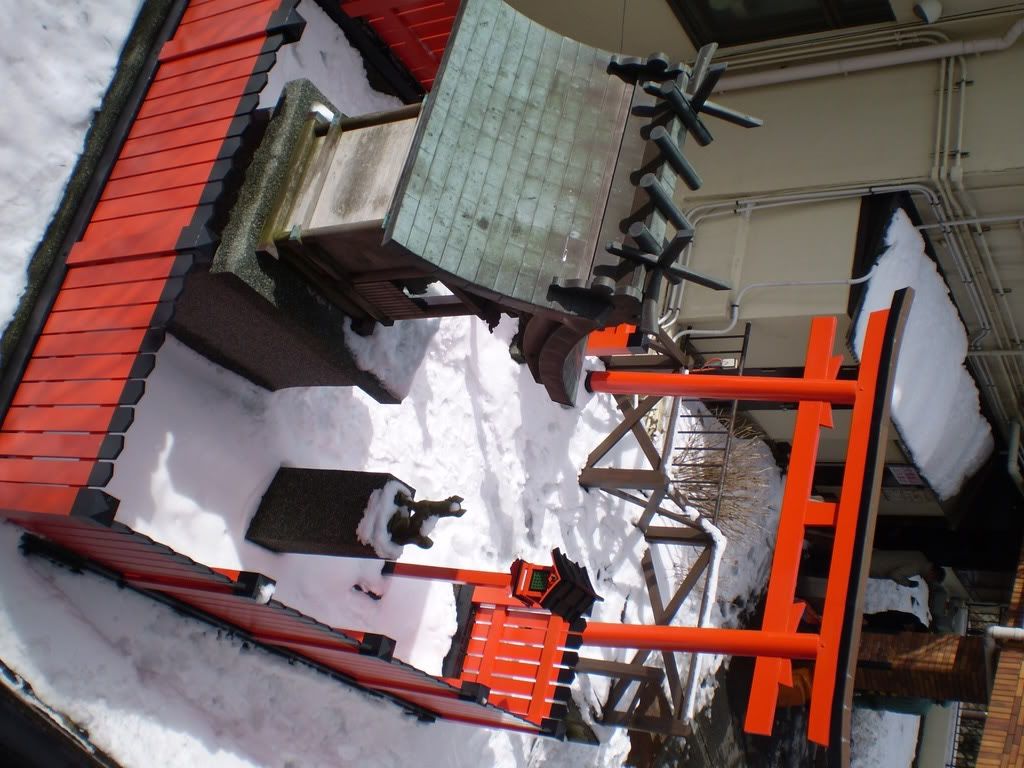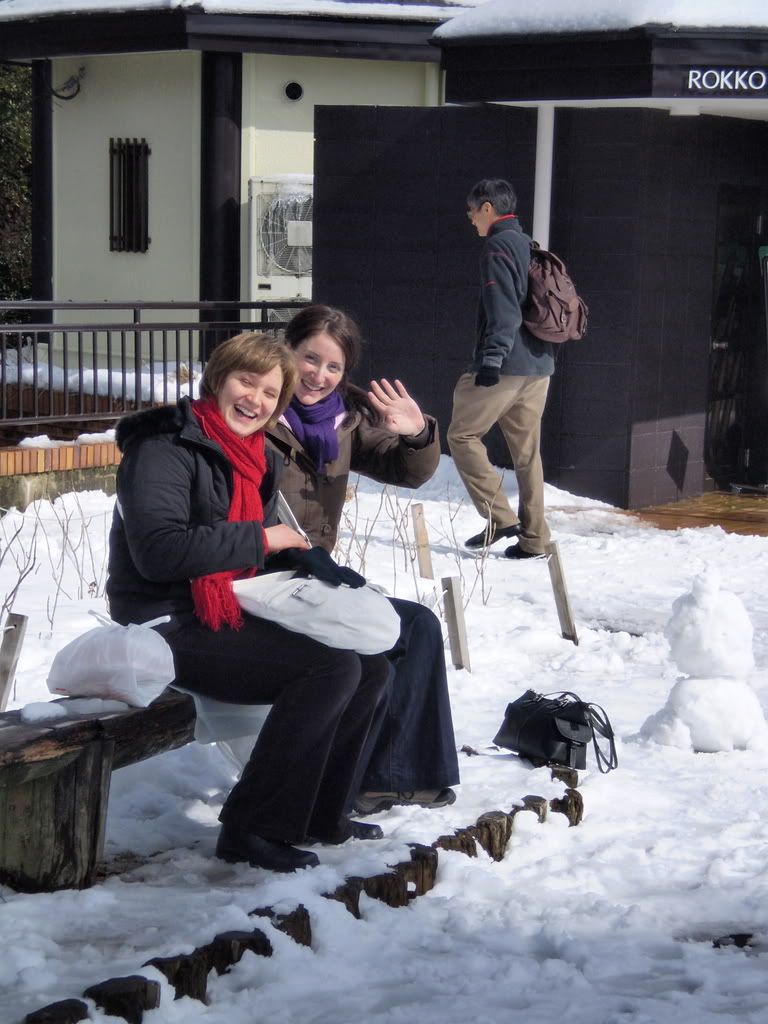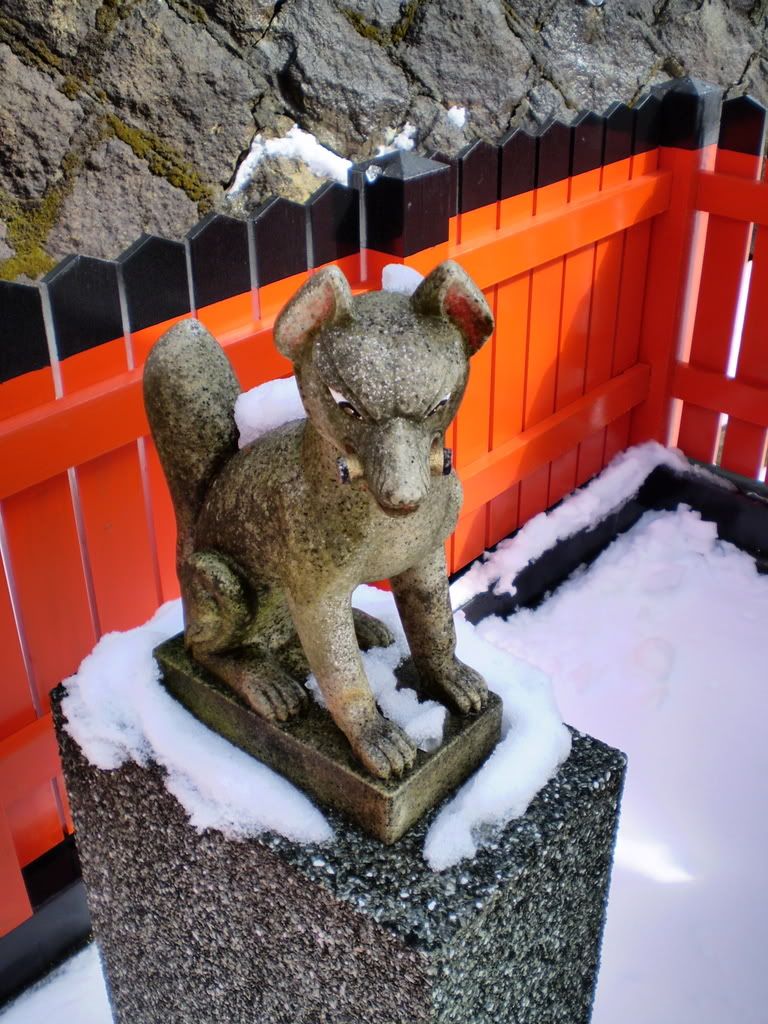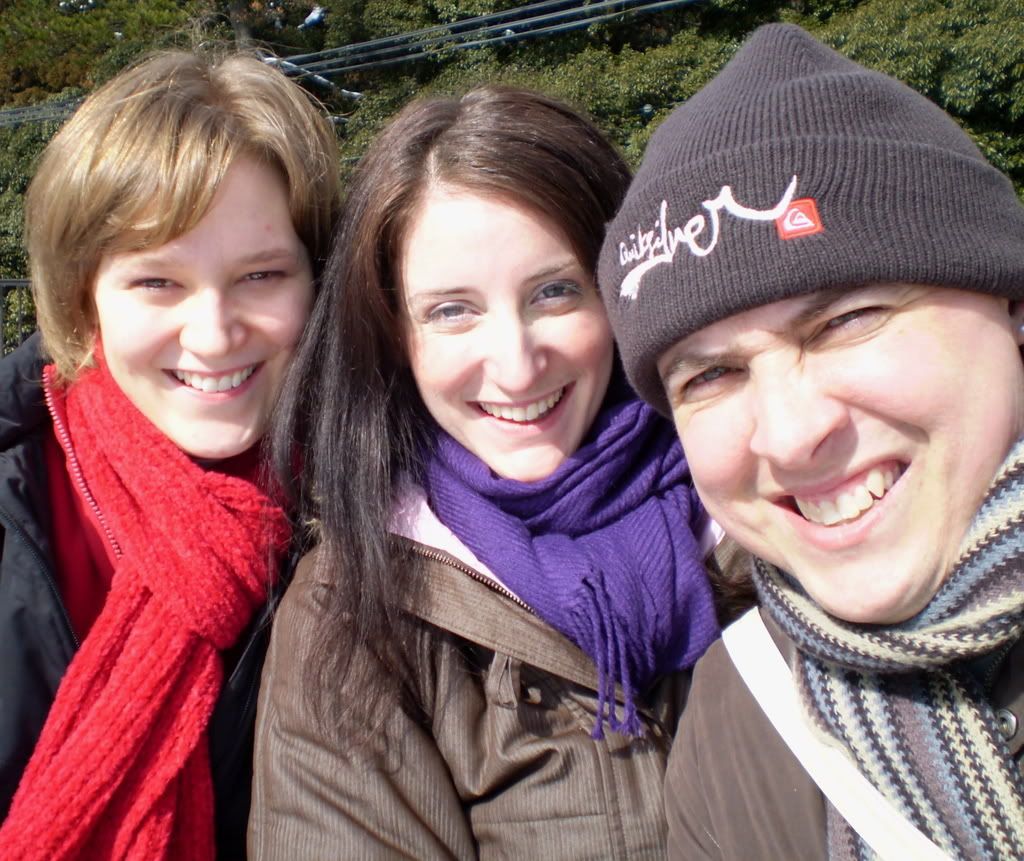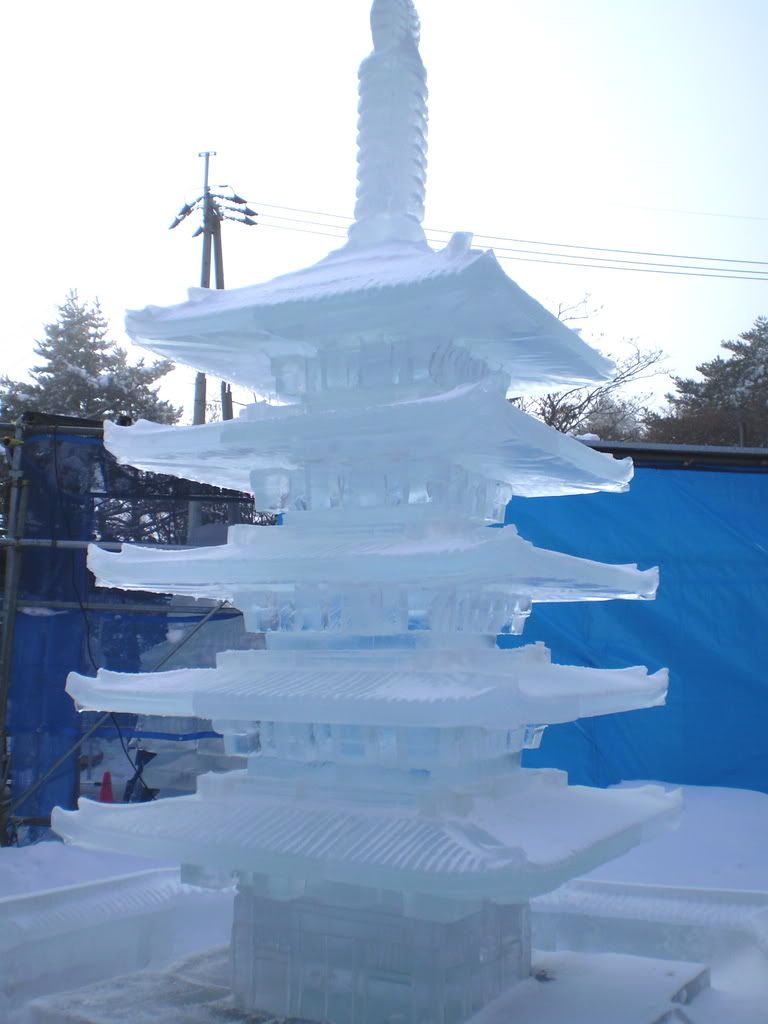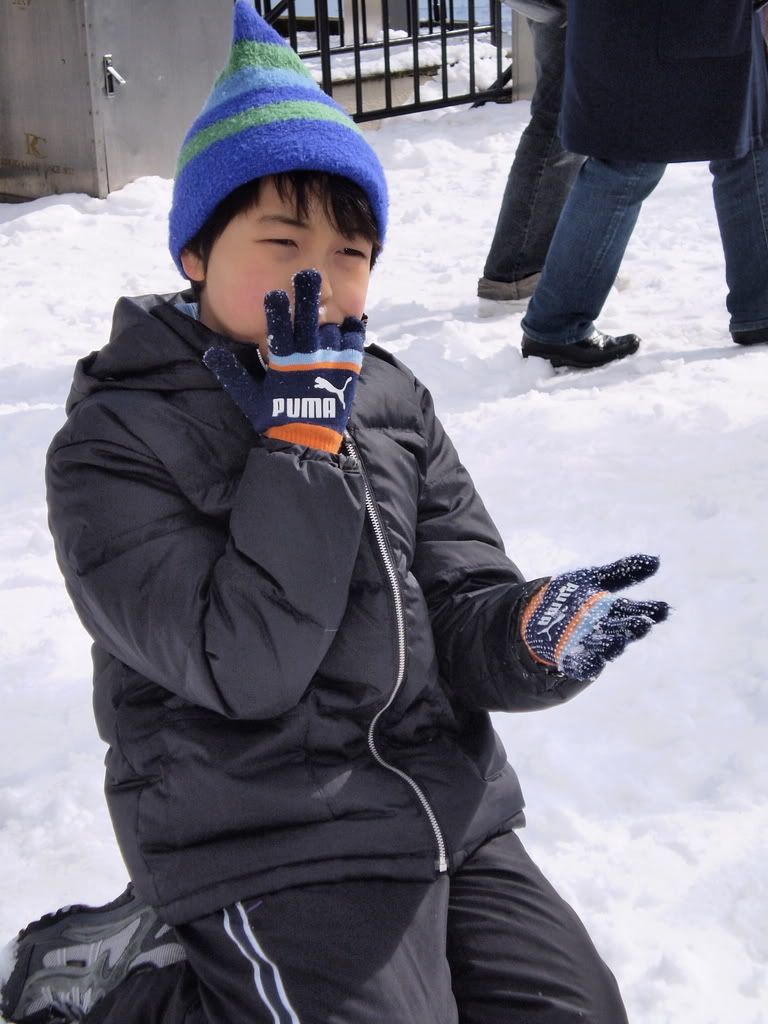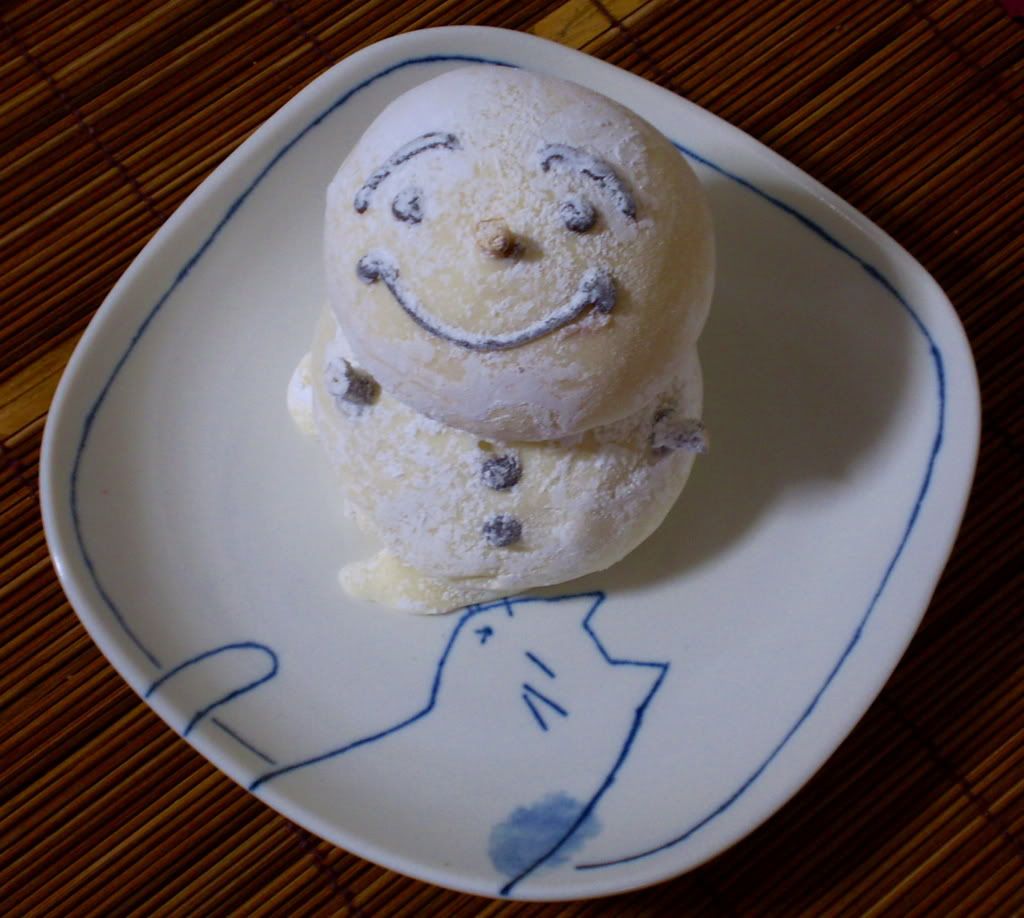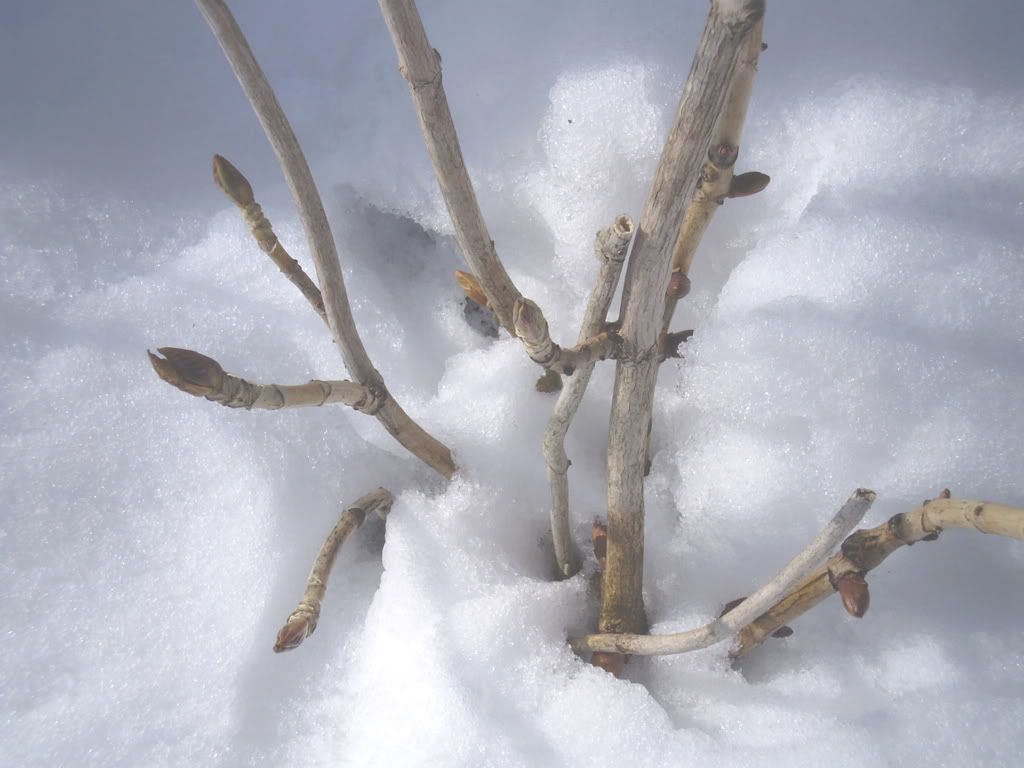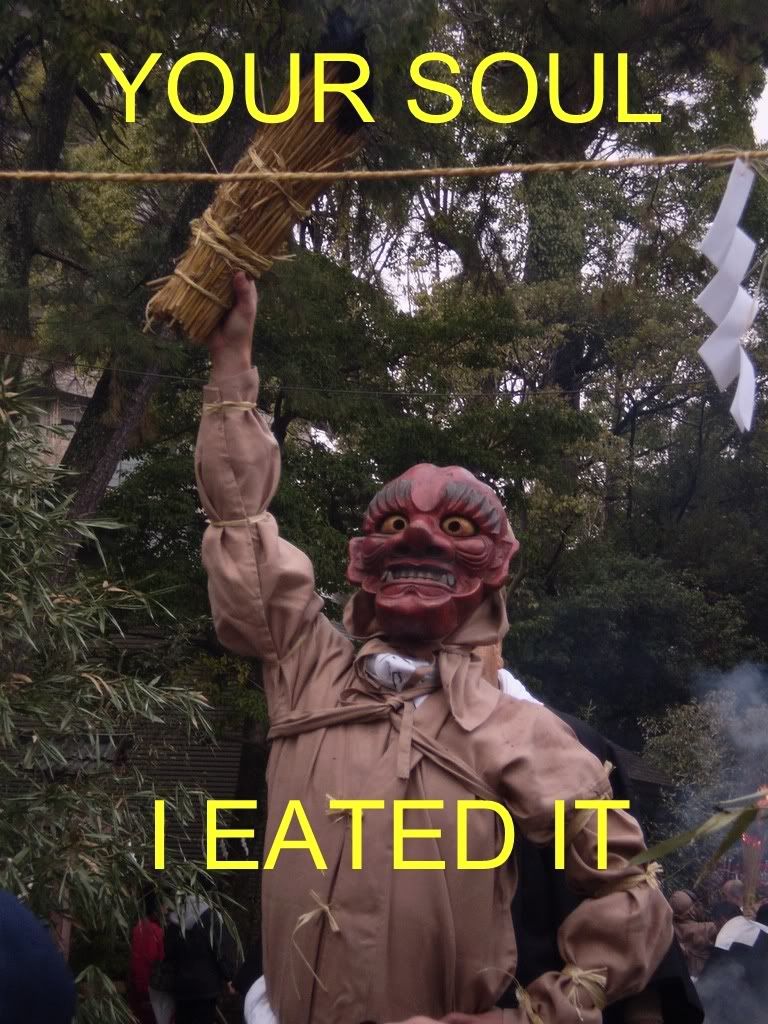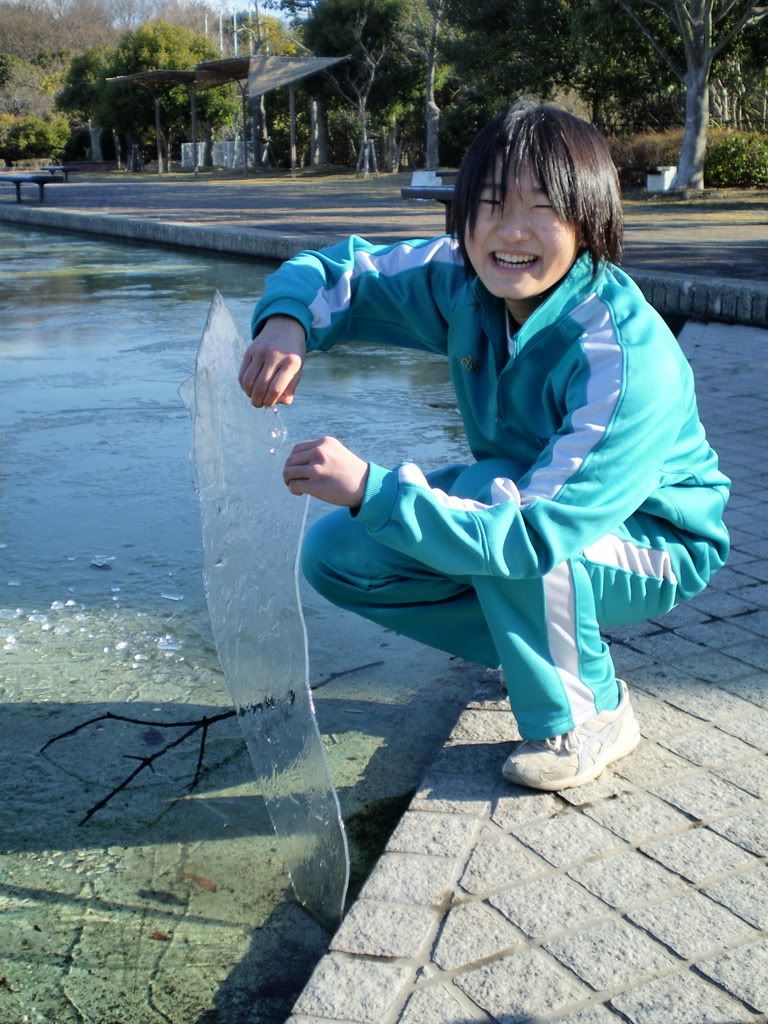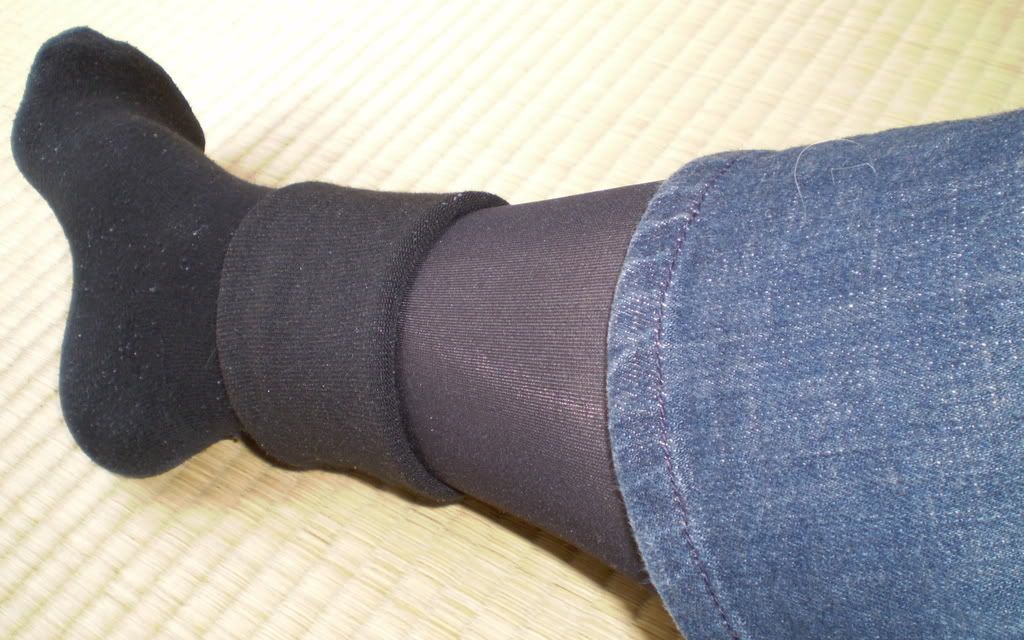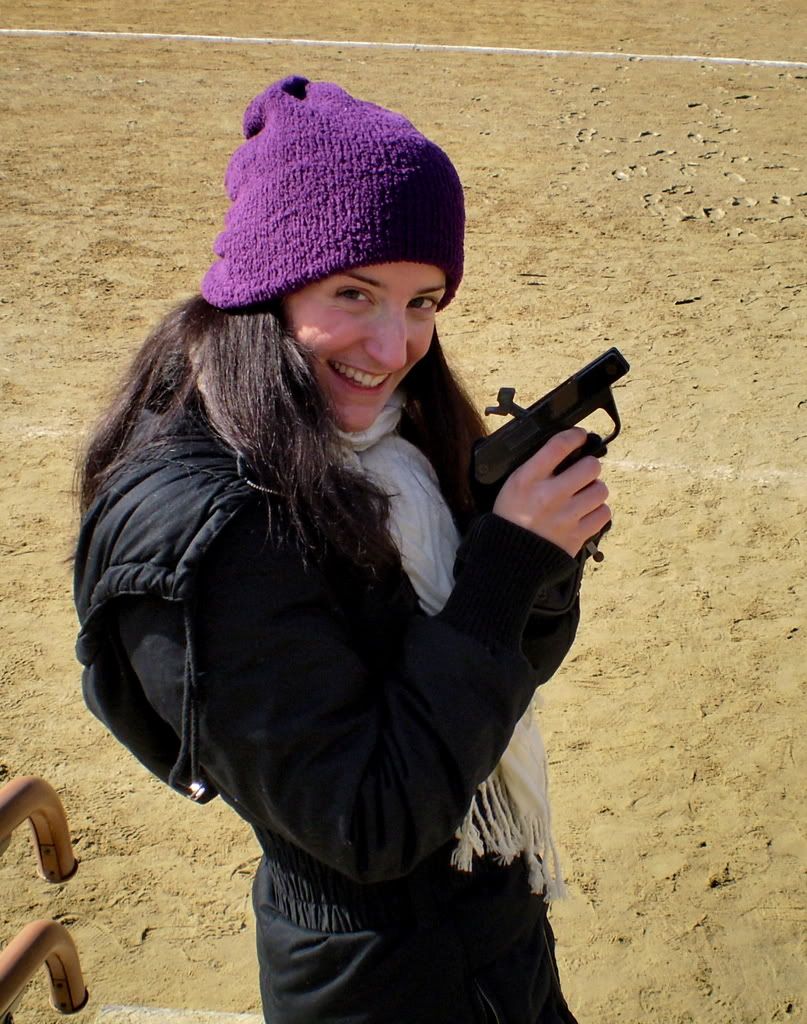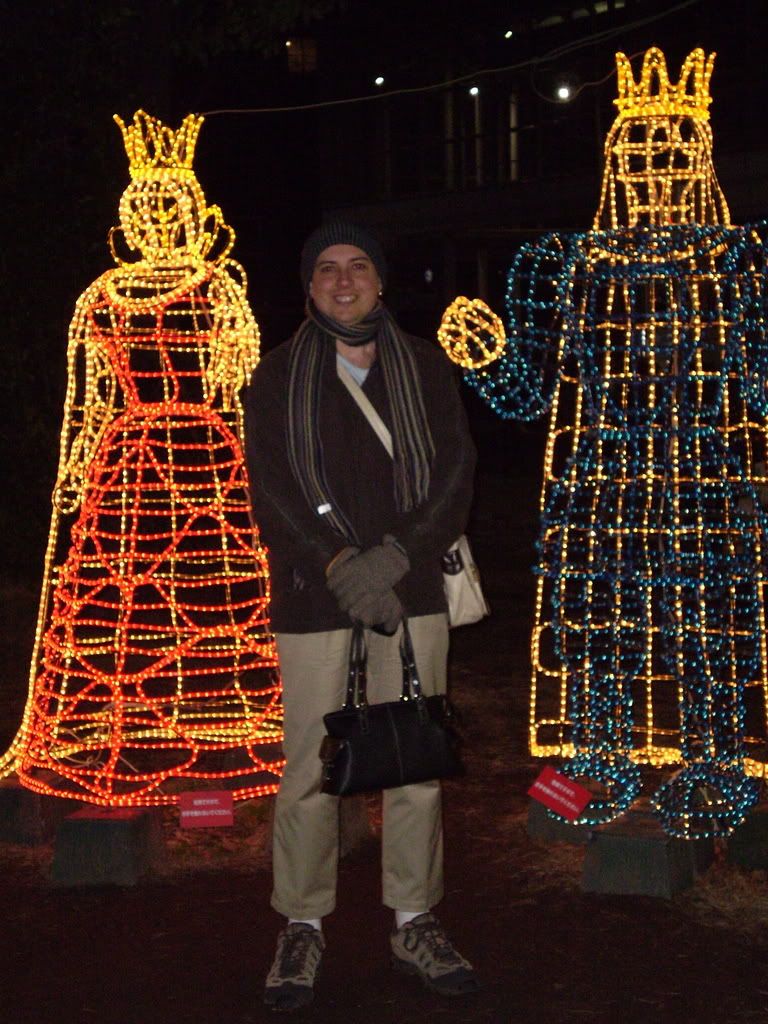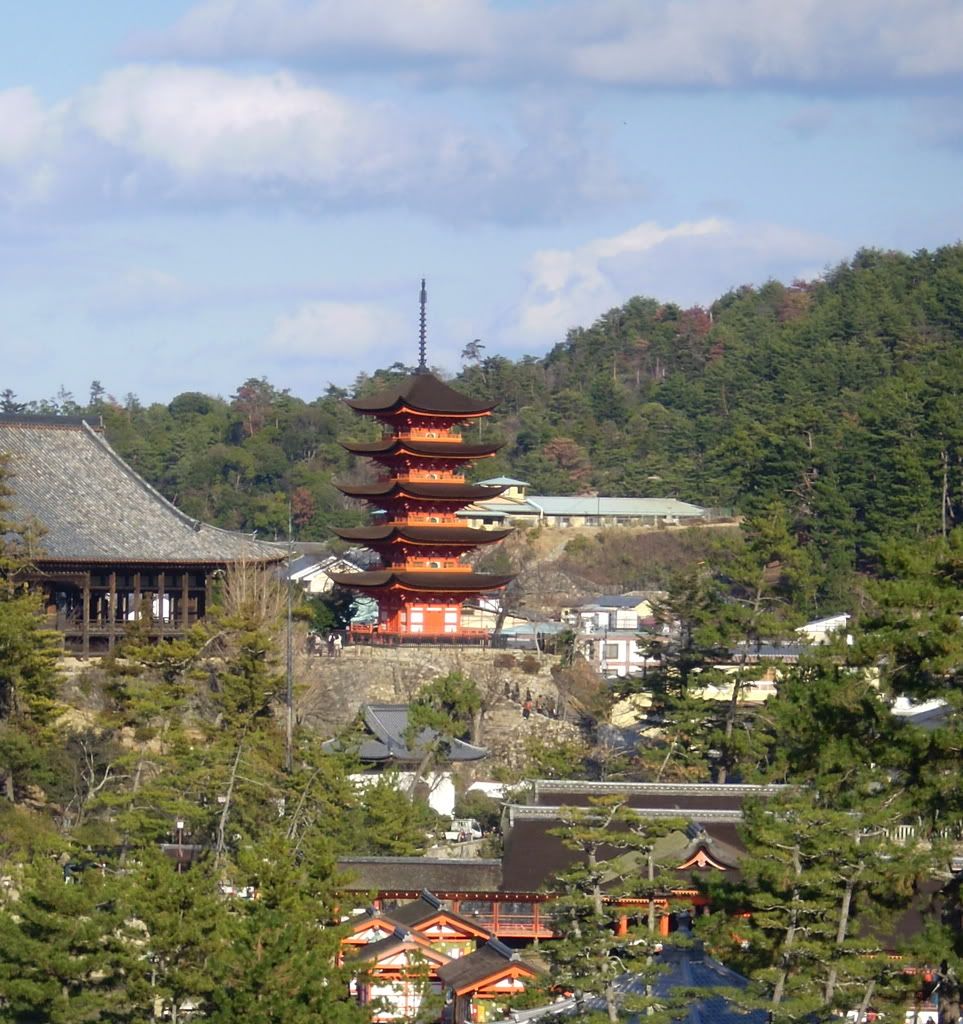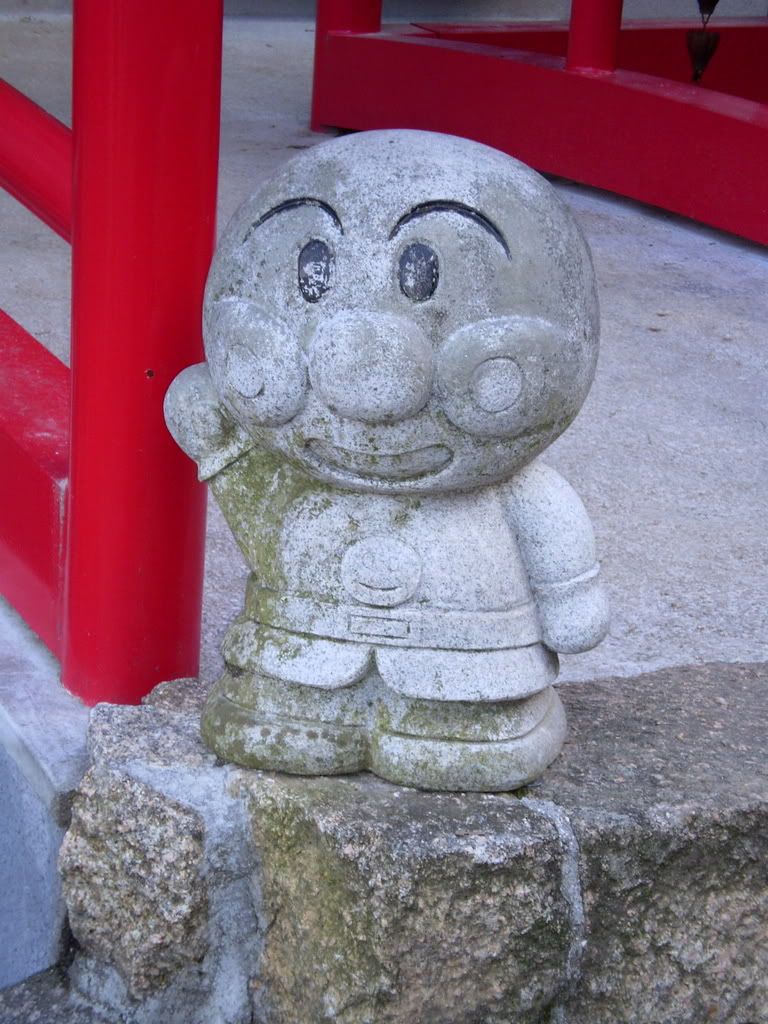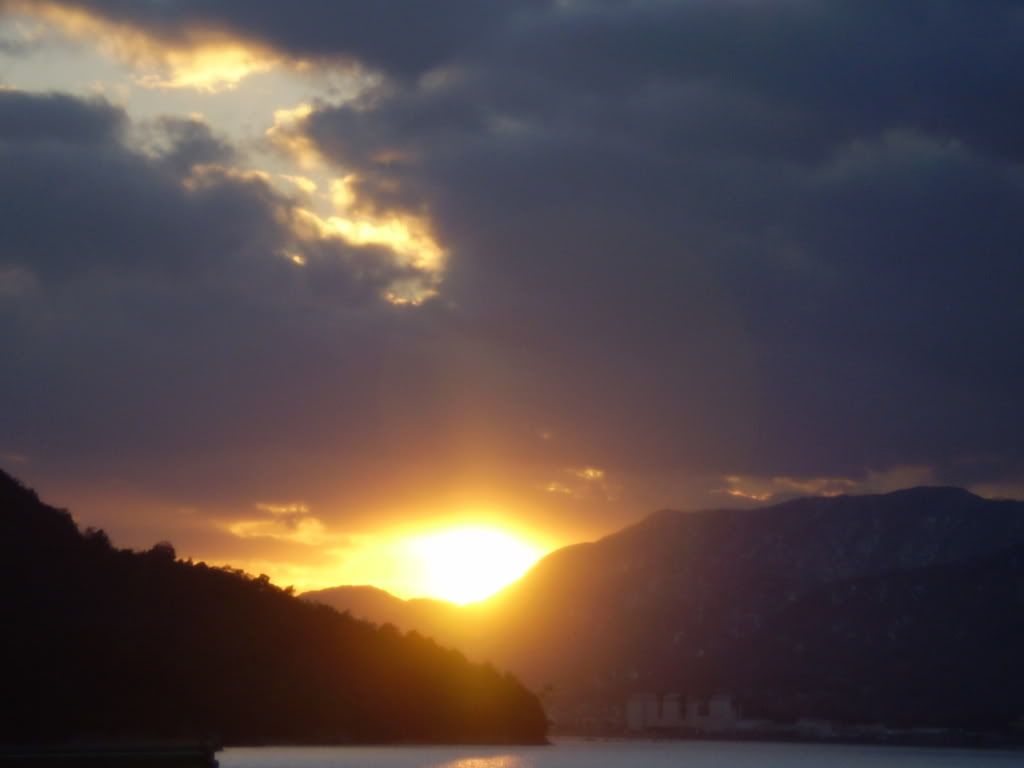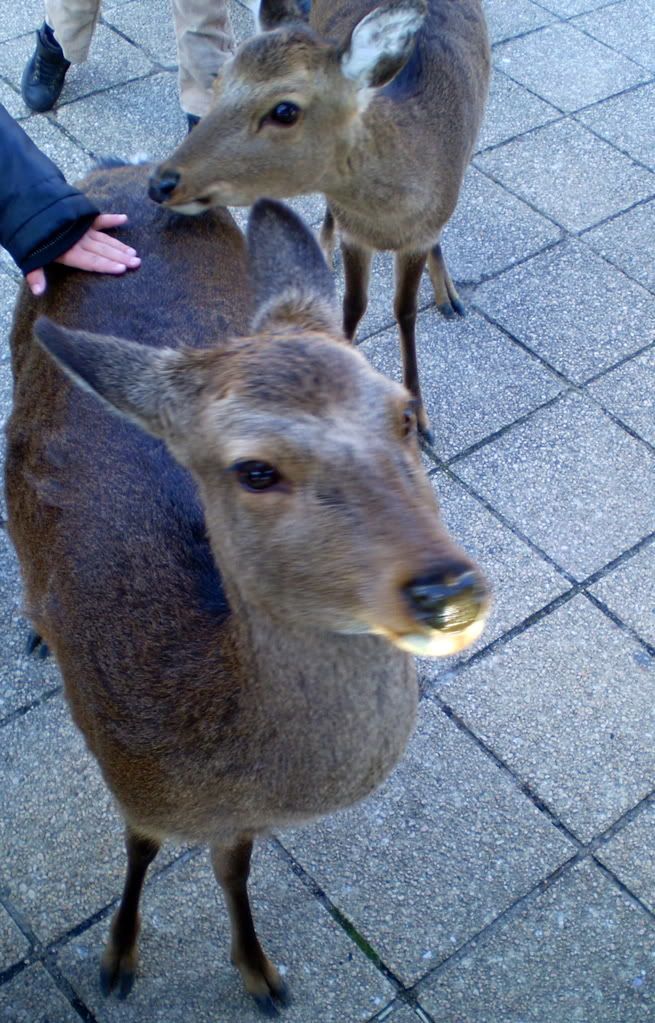
Oh dear!
It’s the end of January and we still haven’t posted about Matt and Emma’s et al. Excellent
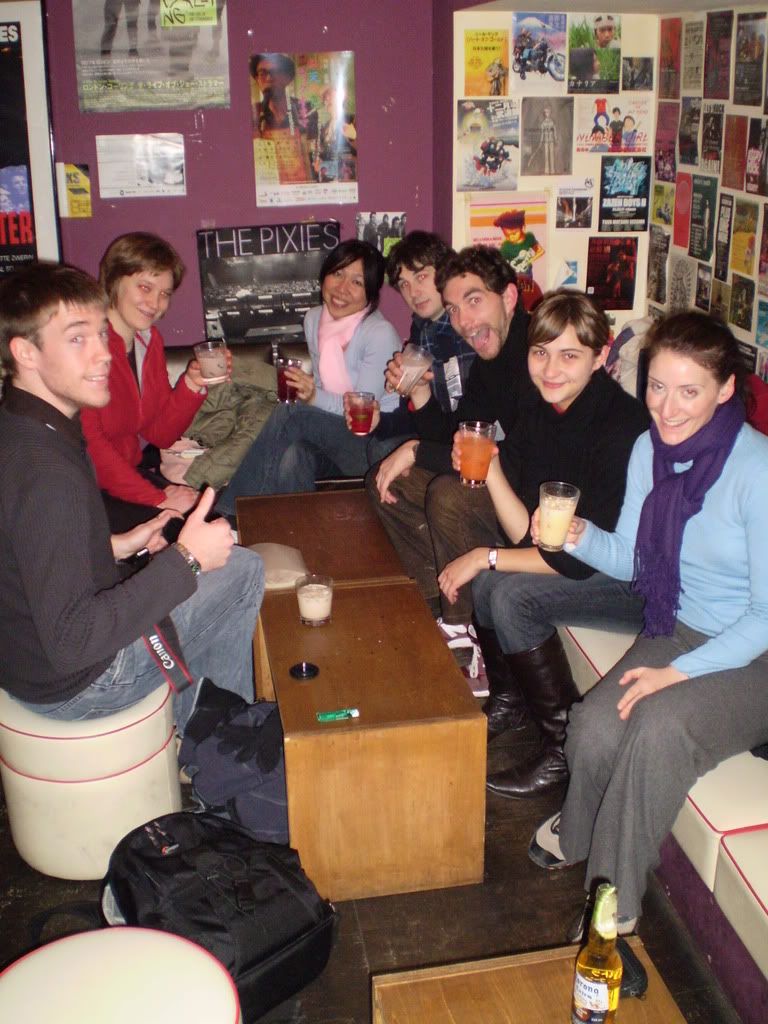
Adventures in Hiroshima. Well with the same crew that attended the nabe feast at Goran’s pad, we headed down to Hiroshima on the 1st of January. There were a few tired and sore heads on the 6 hour train ride (Cassie might want to develop her own spin off show called Cassie and Cassius’ Night to Remember in the comments), but nothing can stop ESL teachers enthusiasm for word games—on this occasion our penchant lead to a word association game marathon—or our joy at passing through valleys walled by snow topped mountains.
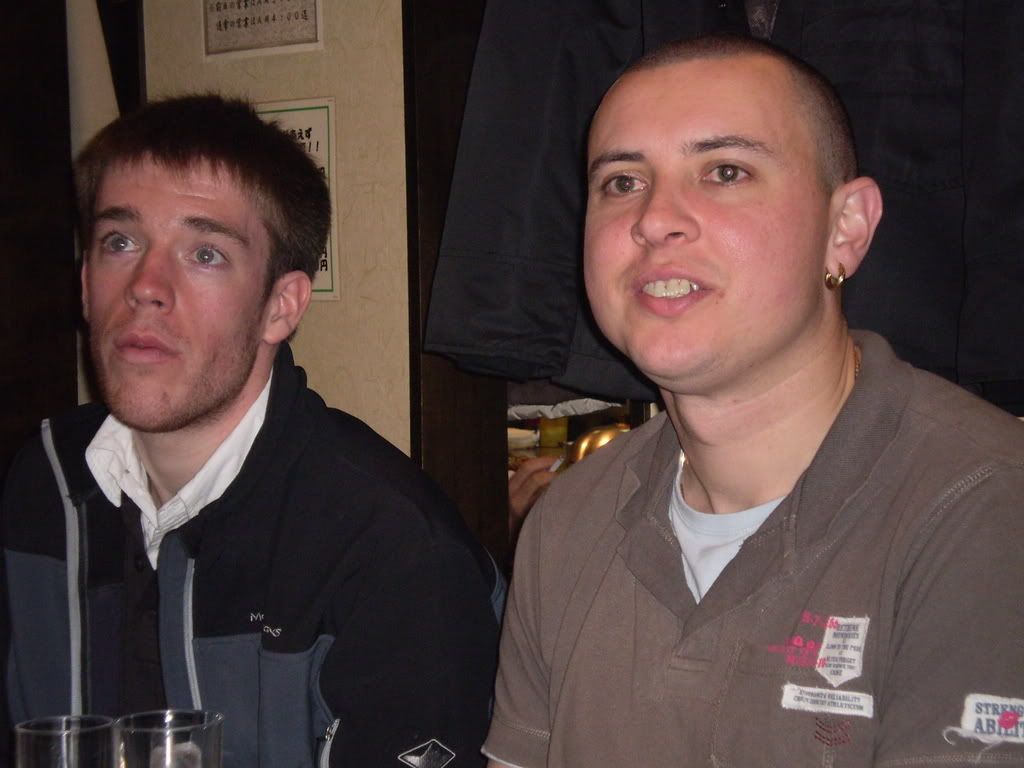
After a fabulous okonomiyaki dinner, the oyster topped one being my personal favourite, we strolled down one of Hiroshima’s delightfully wide streets. Being the festive season, there were many figures dressed in different coloured lights lining the street, they made up a presentation called Dreamination. While the first figure of a red phoenix was spectacular with its imposing puffed up breast, none of us would have been fazed had it suddenly come to life and breathed hot fire in our direction as we would have quickly quelled it with our equally icy hands.


The next day we went to Miyajima Island via tram. This mountainous island is listed among Japan’s three most beautiful places and no doubt it is. At the ferry station we were greeted by Miyajima’s beautiful silhouetted peaks juxtaposed against the clear blue of the winter sky. Approaching by ferry, some of the islands mysteries were unveiled when the red floating gate, for which the island is famous, came into sight as well as the appearance of its snow topped trees. Finally, once we docked, the last of the islands endearing elements came to the fore as gentle deer wandered around nuzzling at our hands and bags.
Our group split so we could pursue our different interests, some went to scale the mountains, others went to shop and wander around the ferry area, but Matt, Amanda, Tamara and I took a leisurely walk around the lower hills and temples. There we found that not only is the island itself beautiful, but so is the view it commands of the mainland. Also, that not all temple statues inspire awe—check out the Anpanman look-alike (the god of bread perhaps?).
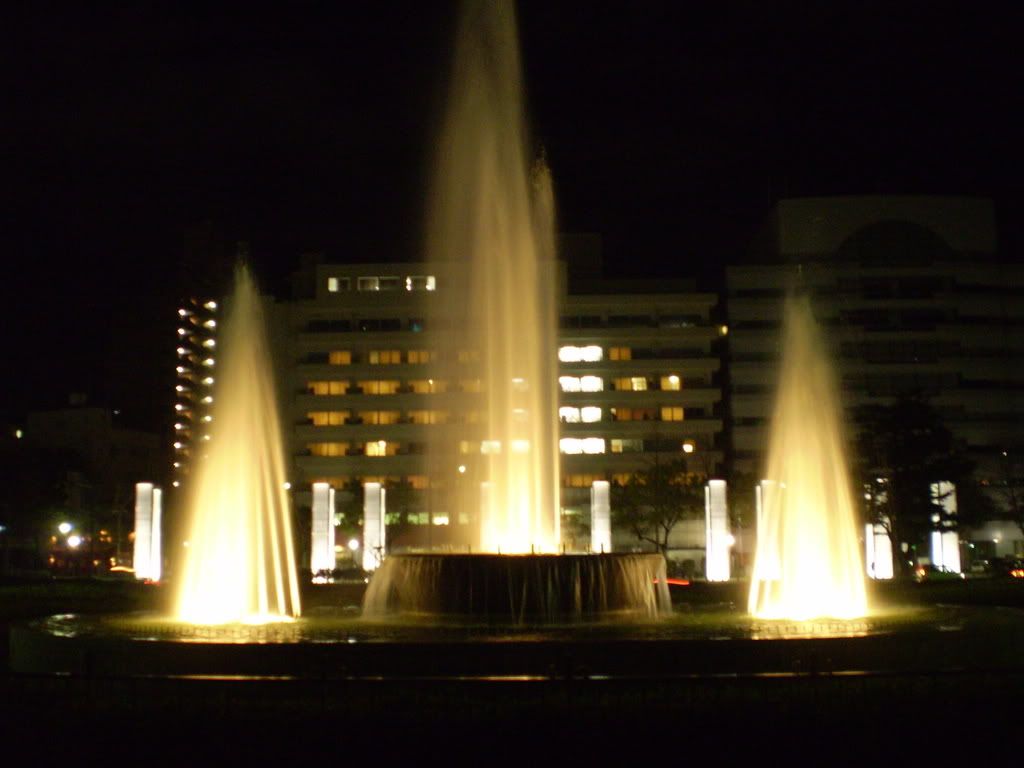
By night we returned to Hiroshima city and walked around Peace Memorial Park, the site of the Peace Museum and the Atomic Bomb Dome. The latter is the remaining shell of the Hiroshima Prefectural Industrial Promotion Hall, which was the building closest to the centre of the atomic blast that stayed standing. The structure was eerily lit with green flood lights. Rubble, which had once been the hall’s walls, lay at its base. The destruction we witnessed here was only the start of what was to be a harrowing morning at the Peace Museum the next day.
The museum had a combination of facts about nuclear weapons and their effects, Japan's involvement in the Second World War, the history of Hiroshima, peace efforts and anti-nuclear treaties, and remains of people who were killed by the bomb. This last section of the exhibition was the most moving as it included (translated) oral accounts of the day of the bomb, the charred remains of school uniforms and supplies that were worn by children who were killed in the blast (often a name tag on a school bag or lunch box being the only way a parent could identify a child as their own), life size models of people with their arms outstretched showing what the melted and hanging skin from their fingertips would have looked like, and the steps of a bank located at the centre of the blast upon which is a permanent shadow--the only remains of a man who sat there waiting for the bank to open on the day of the blast. Finally, and perhaps the most devastating because of the lingering suffering they imply, are the collection of fused spine joints, mops of matted hair, ulcerated tongues, blackened fingernails and skin, pictures of swollen scarred skin, and the recollections of desperate mothers who watched their beloved children spew blood, all of which were aberrations in the human body caused by exposure to radiation. It was quite a sobering morning.
 The Australian Meat Pie: A shell of baked pastry, filled with any of the following: beef, buffalo, camel, cattle, deer, goat, hare, pig, poultry, rabbit and sheep. The manufacturers will make a special point of telling you if the meat involved is beef; otherwise it's just a "meat" pie. "Meat" can include snouts, ears, tongue roots, tendons and blood vessels. Manufacturers are obliged to tell you if they use offal (but noses and ears are OK). Meat pies are usually served with a sachet of "dead horse" (that's tomato sauce to you), and can be purchased at just about any deli, office canteen, supermarket, tavern or servo.
The Australian Meat Pie: A shell of baked pastry, filled with any of the following: beef, buffalo, camel, cattle, deer, goat, hare, pig, poultry, rabbit and sheep. The manufacturers will make a special point of telling you if the meat involved is beef; otherwise it's just a "meat" pie. "Meat" can include snouts, ears, tongue roots, tendons and blood vessels. Manufacturers are obliged to tell you if they use offal (but noses and ears are OK). Meat pies are usually served with a sachet of "dead horse" (that's tomato sauce to you), and can be purchased at just about any deli, office canteen, supermarket, tavern or servo.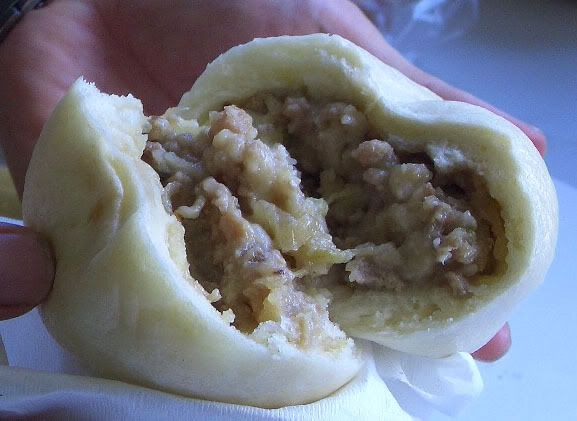 Chūka man: A steamed bun, (usually) filled with pork mince (sorry--I don't know anything more specific than that) and vegetables, and accompanied by a sachet of very hot mustard. You'll find these in just about any convenience store, and also in many supermarkets. I don't know if you can get them at the service stations over here, but, like the meat pie, they can also be purchased cold and whacked in the microwave.
Chūka man: A steamed bun, (usually) filled with pork mince (sorry--I don't know anything more specific than that) and vegetables, and accompanied by a sachet of very hot mustard. You'll find these in just about any convenience store, and also in many supermarkets. I don't know if you can get them at the service stations over here, but, like the meat pie, they can also be purchased cold and whacked in the microwave.